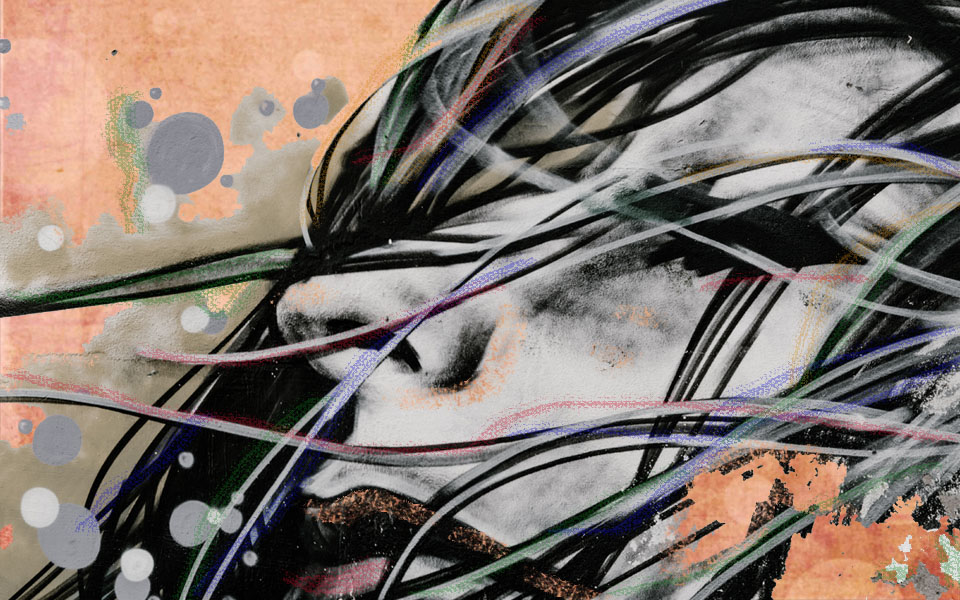What happens when you don’t feel safe to express who you truly are?
Many of us are fortunate and will never know. But Casey*, one of Ranch Ehrlo’s longstanding clients in our Programs for Persons with Developmental Disabilities, has recently helped us to understand just a little bit of what goes on when you finally feel safe enough to be who you are.
Having an ecologically orientated space that suits the needs of our clients and helps them to develop and grow is one of the six guiding principles followed by the agency. This model called CARE, Children And Residential Experiences: Creating Conditions for Change, was developed by Cornell University to improve services for people in care.
Casey has lived at Ranch Ehrlo for over 20 years. For almost that entire time, she was known by staff, housemates, and coworkers as he. There were small signs that she was experiencing some issues with her gender identity but paired with her cognitive difficulties (in both understanding and expressing what was going on with her), they were easy to dismiss.
“It’s been a bit of a journey to get to this point,” said clinical consultant Holli Holmes, who has worked with Casey and everyone around her to help ease the transition.
Recently, Casey ordered women’s clothing online, and when they arrived at the house, questions arose.
“Through these conversations, it came out that Casey identifies as female and would like to dress as a female,” Holli explained. “It’s been a bit of a shift, and there have been a lot of questions from both staff and participants, but everyone is doing a great job. They’ve really continued working to make both home and work a safe place for her.”
The staff of Casey’s home – formerly an all-male home – have stepped up and learned skills like hairdressing and fingernail painting to continue to help Casey in the best way they can. Her housemates have taken it in stride, as well.
Outside of the home, Casey spends her days at the Ranch’s Supported Employment Program (SEP), the vocational program is managed by John Fraser. Though Casey’s transition was a surprise to John and his staff, they immediately knew what they needed to do.
“We want to make sure that she felt safe enough to come in, and we’re providing a safe outlet and a safe place to come, and we wanted to make sure the rest of the clients understood as well,” John explained.
Shortly after Casey began expressing her identity outwardly by dressing as a woman full time, Holli came in to speak with John, his staff, and all SEP’s clients. The clients had an opportunity to ask questions, and Casey had the chance to explain, with help from Holli, what was going on with her.
“That was kind of a changing moment for us as well,” John recalled.
“The group of participants was so accepting and asked some really good questions and kind of left it with a ‘well, you’re still our friend; no matter how you choose to dress,” Holli added.
“Within our Ranch walls, we can make a safe place and we can support caregivers and participants. That part has been really good, and we’ve had a bit more control over that to make Casey’s home and work into really safe places,” Holli said.
“Without that safety, we wouldn’t have got this true expression of herself,” she added.
“The client hasn’t changed,” John added. “She’s still the same person - she still comes to work and does a great job. She still plays crib in the morning.”
*name changed for privacy


